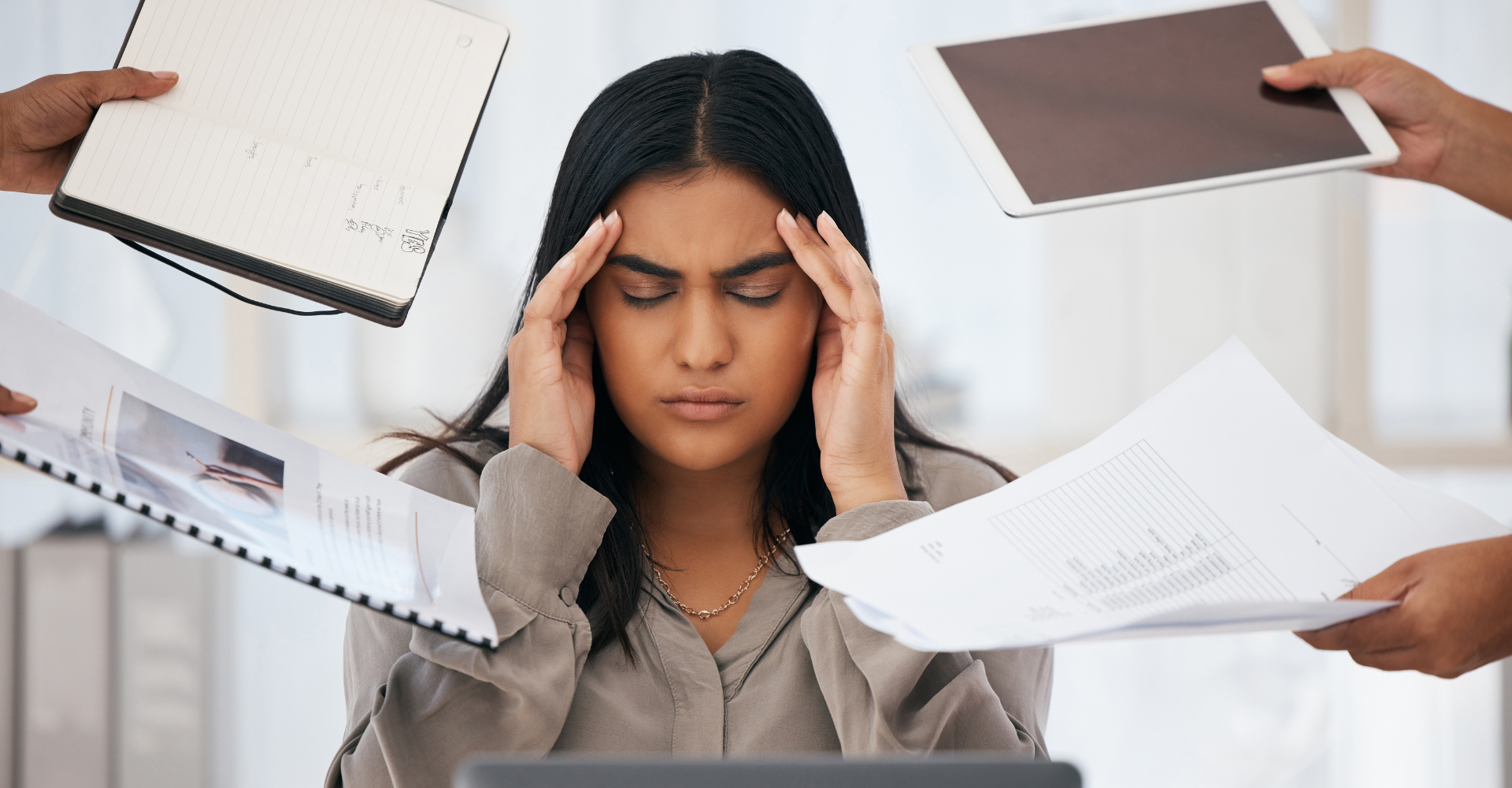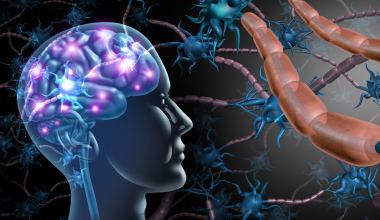Burnout is a familiar feeling to most everyone with a job. Even writing these words, my mind is straying to all my other responsibilities and whispering, “when are you going to get this done?” in the most incredulous voice possible.
Usually attributed to work related stress, “burnout is a state of emotional, physical, and mental exhaustion caused by excessive and prolonged stress,” according to CAMH.
While work isn’t the only way to get burnt out, it is the most common and the most easily identifiable way. Burnout can be caused by anything that makes you feel emotionally drained and unable to function in your work and/or day to day life.
CAMH says it “can reduce productivity and can lower your motivation and cause you to feel helpless, hopeless and resentful.”
According to a study conducted by Mental Health Canada in December 2021, 35 per cent of all working Canadians reported feelings of burnout.

Burnout is not clinically diagnosable as it is not listed in the DSM which is a resource filled with all diagnosable mental illnesses, but instead can be measured using the maslach burnout inventory.
I spoke with clinical psychologist Dr. Taslim Alani-Verjee about how to overcome and prevent burnout.
So, How Does Burnout Start?
Between work, life, and the ever deteriorating state of the world, it’s no wonder burnout runs rampant throughout our lives.
Every year I dread September and the return to university because I know exactly how I’ll feel in two months’ time.
The weight of classes and work, of being able to pay rising grocery costs, rent, and tuition, the worry of every canceled shift and what I’ll have to give up to get by this month can feel like a bag of rocks on my chest.
Alani-Verjee said burnout often stems from feelings of uncertainty and of being out of control; feelings that were exacerbated by the COVID-19 pandemic, continually changing workplaces, and responsibilities.
“There is also an understanding that our work lives and our personal lives aren’t separate and often overlap in really difficult, challenging, and consuming ways,” she said.
Really think back, when was the last time you felt like you had an actual break? Was it recent? Did you feel rested and rejuvenated afterwards, ready to take the world on again? If you didn’t, I’m not confident it counts as a proper break.
The Burnout Mindset
Sometimes going to work can feel like you’re a hamster on a wheel sprinting a marathon with no end in sight.
That is the goal oriented mindset, which Alani-Verjee says can contribute to more frequent or intense feelings of burnout.
When you’re too focused on the end product, it can be hard to see the steps you or your team finish along the way.
“With so many things being out of our control, we will constantly be feeling like we are working hard and not achieving what we expect which can be discouraging … upsetting … [and] anxiety provoking,” she said.
Instead, focusing on the process can help you feel like there are concrete things to do and milestones to celebrate before the overall task is complete.
Guilty of this, I’m trying to stop working myself to the bone before I take a break and consider how much I’ve actually done.
Symptoms of Burnout
The Health Insider compiled symptoms from NIH, CAMH, and CCOHS:
Recovering From Burnout
Workplace Strategies for Mental Health recommends the following to ease feelings of burnout:
- Self care
- Going out with friends or a quiet night in
- Working out, taking a long shower or bath, and skin care
- Getting out into nature! Read about the benefits of ecotherapy
- Anything that prioritizes you and your health
- Alter your mindset
- Train yourself to be more process oriented than goal oriented
- Reach out to your support network
- Friends and family can help ease the load or support you through it
Preventing Burnout
Alani-Verjee’s biggest tip for preventing burnout is learning how to tolerate uncertainty.
To start, slow down and check in with yourself. “A lot of the time our [minds and bodies are] responding and reacting to things without us even knowing what or why,” she said.
Slowing down allows us to identify what’s causing undue stress and figure out how to change the situation to make it work better for you.
Next, she recommends finding and learning to trust your inner strength. “Being able to trust that even when things have not worked out in the past, ‘I’m creative enough to find another solution’ or ‘I have enough social support … that I can lean on others to get through this’.”
Strong communication is important. Alani-Verjee suggests that being able to tell the people around you when the tendrils of burnout are creeping up and what you need from them can help stop burnout before it progresses into unending sick days.
I know how debilitating burnout can be. In the moment it can feel like nothing will ever change, but I’ll pass on a piece of advice from my therapist: practice recovery techniques before you feel burnout to have the know-how in employing them when it’s happening and you’re feeling helpless.
What techniques do you try when burnout begins to hit? Let us know on social media!
The information provided on TheHealthInsider.ca is for educational purposes only and does not substitute for professional medical advice. TheHealthInsider.ca advises consulting a medical professional or healthcare provider when seeking medical advice, diagnoses, or treatment.











